With Okta at the forefront of shaping the future of Identity Management, its solutions are designed to help organisations stay secure, compliant and ahead of emerging cyberthreats as digital-native companies grow and privacy regulations evolve. Mark Whelan, Head of EMEA Growth Markets, Okta, discusses what sets its approach apart from others in the industry.

What are the key objectives of the new Identity Security Standard, and how will it elevate identity protection across SaaS platforms?
The new Identity Security Standard aims to establish a unified, standardised framework for Identity Security across enterprise applications. It seeks to foster an open ecosystem where enterprise applications are secure by default, reducing vulnerabilities and enhancing trust. Additionally, the standard focuses on improving the end-to-end security of enterprise SaaS products to protect organisations more effectively. By providing a common framework, it also enables SaaS developers to meet enterprise security requirements, ensuring consistent and robust identity protection across platforms.
Okta’s recent solutions like Governance and Identity Threat Protection aim to build a secure ecosystem. What sets Okta’s approach apart from others in the industry?
Okta’s approach stands out in the industry by offering complete, Unified Identity Management, ensuring all aspects of identity are managed through a single, cohesive solution. It seamlessly integrates with existing ecosystems, allowing organisations to enhance their security without disrupting current workflows. Okta also prioritises high availability and always-on security, ensuring continuous protection and reliability. Additionally, its focus on user-friendly security makes it easier for organisations to adopt and maintain strong identity protection without compromising user experience.
How does the Okta Secure Identity Commitment (OSIC) influence client security practices? Could you share any notable examples?
The Okta Secure Identity Commitment (OSIC) influences client security practices by promoting best practices, such as phishing-resistant authentication, which strengthens defences against modern threats. It also advances Okta’s investment in security tools, particularly in new areas like AI-driven solutions and Identity Security Posture Management.
Notable examples of OSIC’s impact include a 90% reduction in credential stuffing attempts over a 90-day period, showcasing its effectiveness in mitigating this common attack. Additionally, OSIC’s proactive security measures have denied two billion potentially malicious access requests within a 30-day period, demonstrating its capability to protect clients from unauthorised access and enhance overall security.
How is Okta leveraging AI in identity security, and what role do you see AI playing in protecting against future threats?
Okta is leveraging AI in identity security through real-time threat detection and behavioural anomaly detection, allowing organisations to identify and respond to potential risks as they happen.
Looking ahead, AI will play a crucial role in enhancing user experience by balancing strong security with usability. It will also analyse signals faster and more effectively while automating key tasks to streamline identity protection processes.
This matters because AI transforms identity security from a reactive model into a proactive and dynamic system. With tools like Okta’s AI-driven Identity Threat Protection (ITP), organisations can significantly reduce their exposure to threats while staying ahead of evolving cyber-risks.
How does Okta ensure that new features effectively combat identity-based attacks, and what challenges do you face in staying ahead of these threats?
By working closely with our customers and helping them combat cyberattacks, we gain valuable insights into the industry and market trends. Our solutions are designed to address identity-based attacks through real-time risk monitoring, adaptive multi-factor authentication (MFA) and AI-driven threat detection. These tools continuously analyse user behaviour, flag anomalies and respond automatically to potential threats, ensuring security extends beyond just login protection.
However, there are key challenges to address:
- Evolving attacks: Cyberattacks are becoming increasingly sophisticated, which requires constant updates and leveraging AI to stay ahead of emerging threats.
- Balancing security and usability: Okta ensures that security measures do not disrupt user experiences by introducing additional steps only when risks are detected.
- Keeping up with complexity: The rapidly changing threat landscape pushes Okta to integrate seamlessly with other security tools and adapt quickly to new challenges.
Looking ahead, what major shifts do you expect in Identity Management over the next decade?
Looking ahead, several major shifts are expected to transform Identity Management over the next decade:
- The decline of passwords: Passwords will gradually fade away as their use cases diminish. The rise of passwordless approaches and the growing adoption of passkeys highlight a significant shift towards more secure and user-friendly authentication methods.
- Zero Trust as the standard: What began as a buzzword has now become a reality and an industry standard. Zero Trust will gain even greater importance, especially with the increase in digital-native companies requiring stronger and more dynamic security frameworks.
- Adapting to privacy and regulations: With stronger privacy laws on the horizon, organisations will need to prioritise compliance and transparency. Okta is prepared for this shift by designing solutions that make it easier for customers to navigate evolving regulations.
- AI at the forefront: AI will play a central role in advancing identity security. Over time, AI-driven systems will become even more intelligent, capable of predicting and preventing attacks before they occur, taking Identity Management to the next level.



